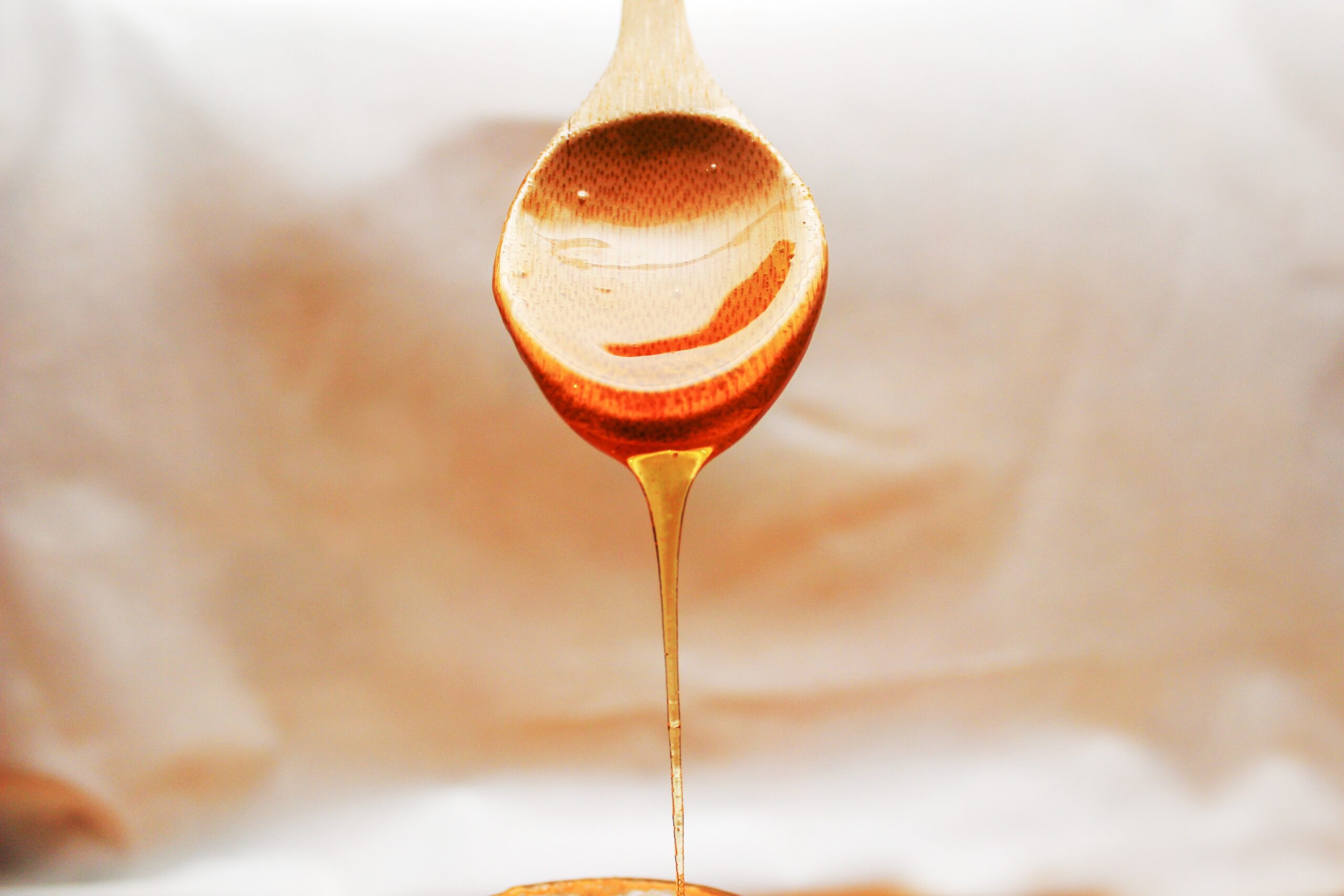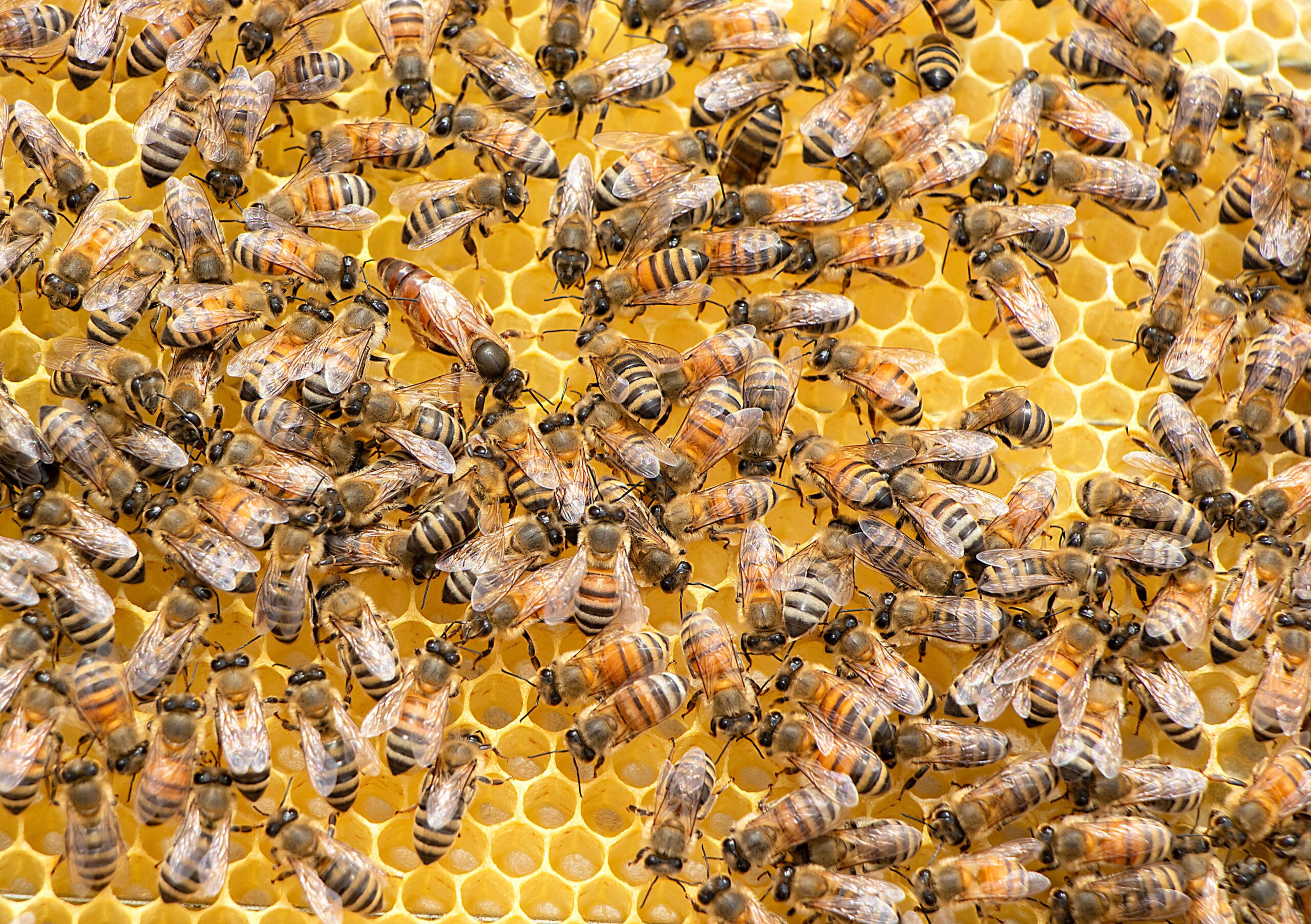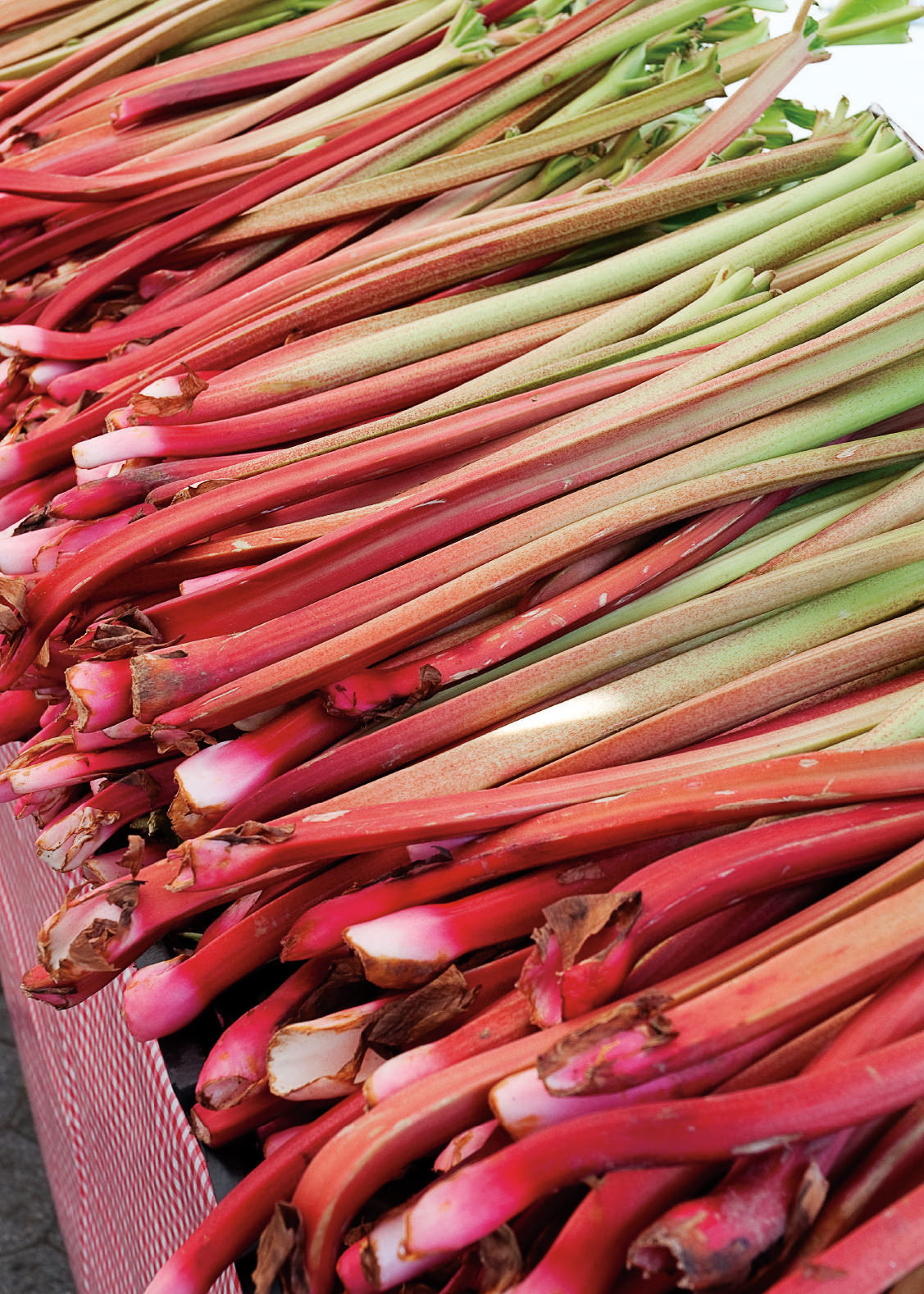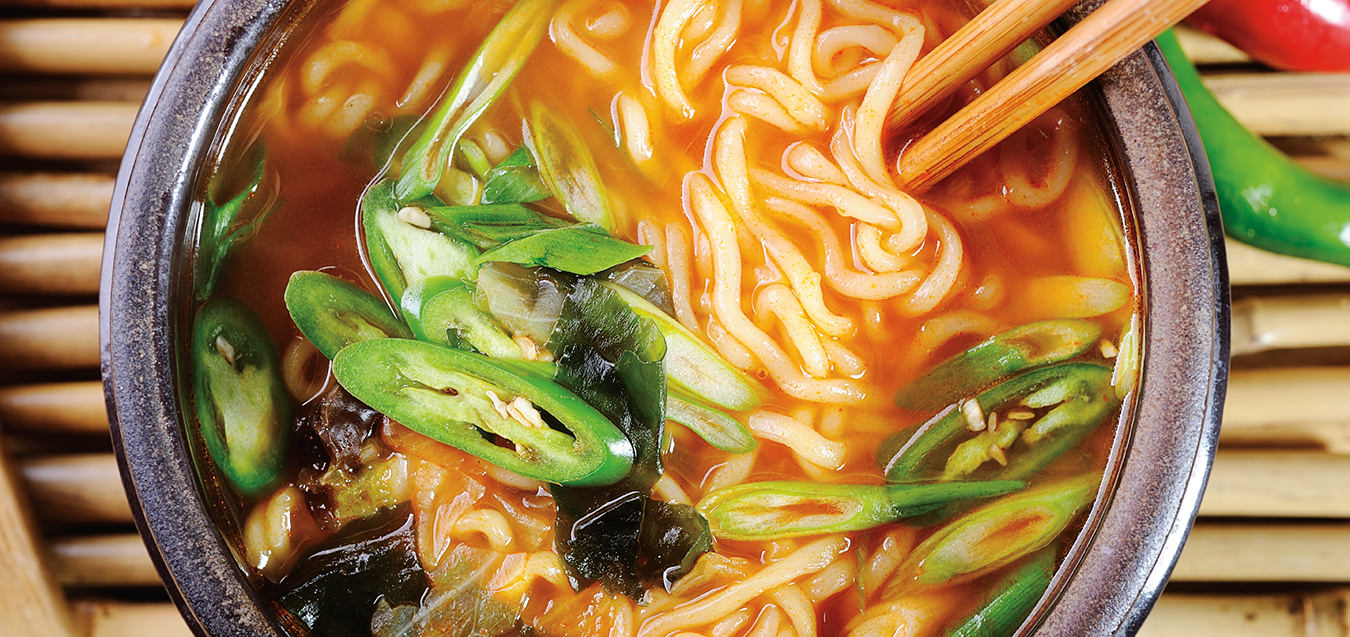5 Types of Canadian Honey to Help You Get Through Winter
Nectarous.

The air is getting chillier, the nights are growing longer, and we all know what that means: cozy evenings by the hearth with a mug of hot tea and some baked treats. There seems to be a longing for sweets this time of year, perhaps in an attempt to brighten the bitter winds of winter—but we also need nutrient-dense nourishment to prepare our bodies for the months ahead.
Whether stirred into a warm beverage or pumpkin spice batter, honey is the perfect cold-weather panacea. These five types of honey are found all over Canada, and each one offers its own unique flavor and nutritional profile. Now, throw a log on the fire and get that kettle boiling!
Alfalfa honey
Harnessed from the nectar of the purple alfalfa blossom, alfalfa honey is mild and delicate without being too sweet. While it is produced widely across North America, it doesn’t always appear on supermarket shelves—that’s because alfalfa flowers are tough for bees to pollinate, so the overall yield is often smaller than other types of honey. Its mellow vanilla-toned flavor makes it excellent for baking, and it’s considered one of the healthiest honeys, with high levels of free-radical-fighting flavonoids, antibacterial properties, and prebiotic components.
Buckwheat honey
Sometimes it may be slightly spicy; sometimes it may rival your morning coffee. Buckwheat honey is strong, rich, and robust. Its color can range from deep red to dark purple to pure black, and its range of hearty flavors allows it to serve many functions: you can find it in marinades, dessert toppings, and even beer or mead! Teeming with iron, magnesium, zinc, copper, and more antioxidants and macronutrients than any other varietal, buckwheat honey is an excellent ally against your winter woes.

Clover honey
If you’ve ever eaten honey, chances are it was made from clover pollen. Clover honey is perhaps the most popular honey in North America, and for good reason—honeybees absolutely adore the nectar of this hardy flower, and it’s easy for them to harvest. Clean, floral, and amber in color—or clear as water, when it’s pure—this honey’s uses are almost universal, from sweetening tea to mixing a vinaigrette. It’s also rich with antioxidants, anti-inflammatory phenolic acid, and flavanols, which are said to support a healthy nervous system.
Fireweed honey
Like wine, cheese, or any of life’s finest gifts, some brands of honey are inexpressibly special. Fireweed honey is one of them. Known as the “champagne of honeys,” true fireweed honey is hard to find—bees often pollinate fireweed blooms along with other wildflowers, making it difficult for beekeepers to distinguish fireweed honey from the rest. However, in the rare case that a beekeeper has managed to harvest pure fireweed honey, it’s likely to be found only in specialty shops, from local farms, or online (at a premium cost!). Its antibacterial powers are also in a league of their own.
Honeydew honey
The word “honeydew” may evoke visions of summer melons and their golden blossoms—but when it comes to honeydew honey, that couldn’t be further from the truth. “Honeydew” in this context refers to a substance excreted from sap-sucking insects, like aphids. The resulting flavor may mimic whatever said insects were feasting upon, from grasses to trees (both coniferous and deciduous!), and is usually somewhat savory, woody, and even earthy. For this reason, it is sometimes known as “forest honey.” Rich with minerals and amino acids, honeydew honey may be best enjoyed on a buttery biscuit or straight from the jar.




